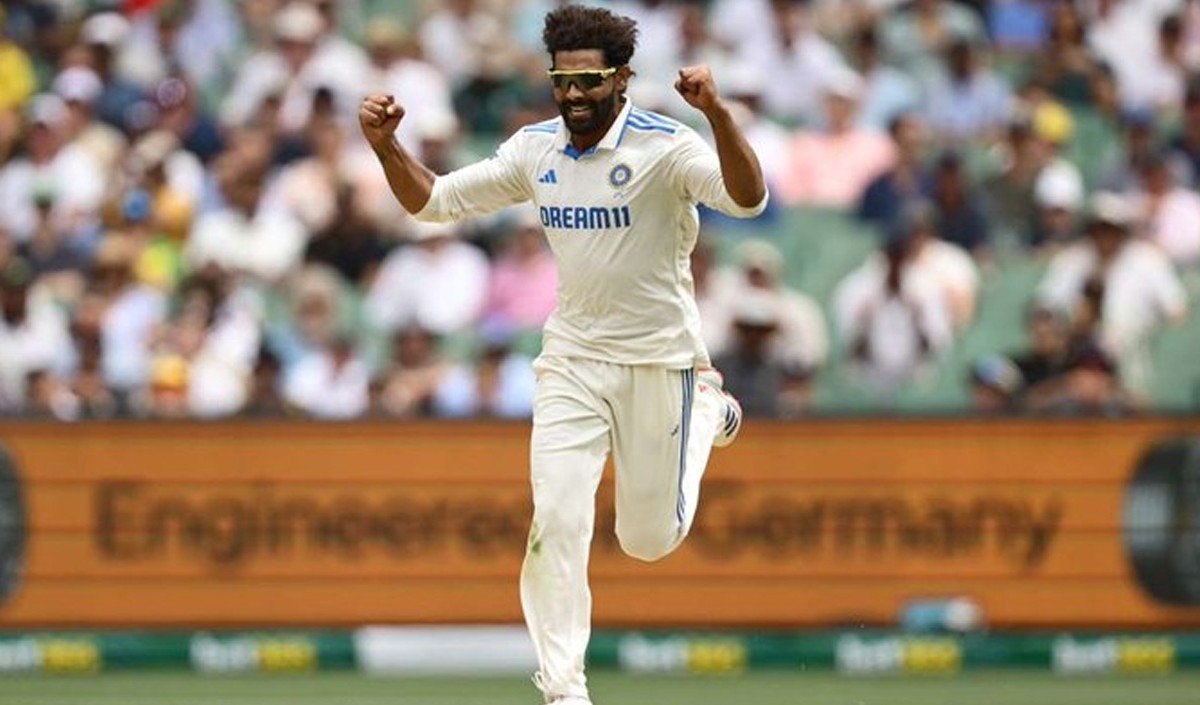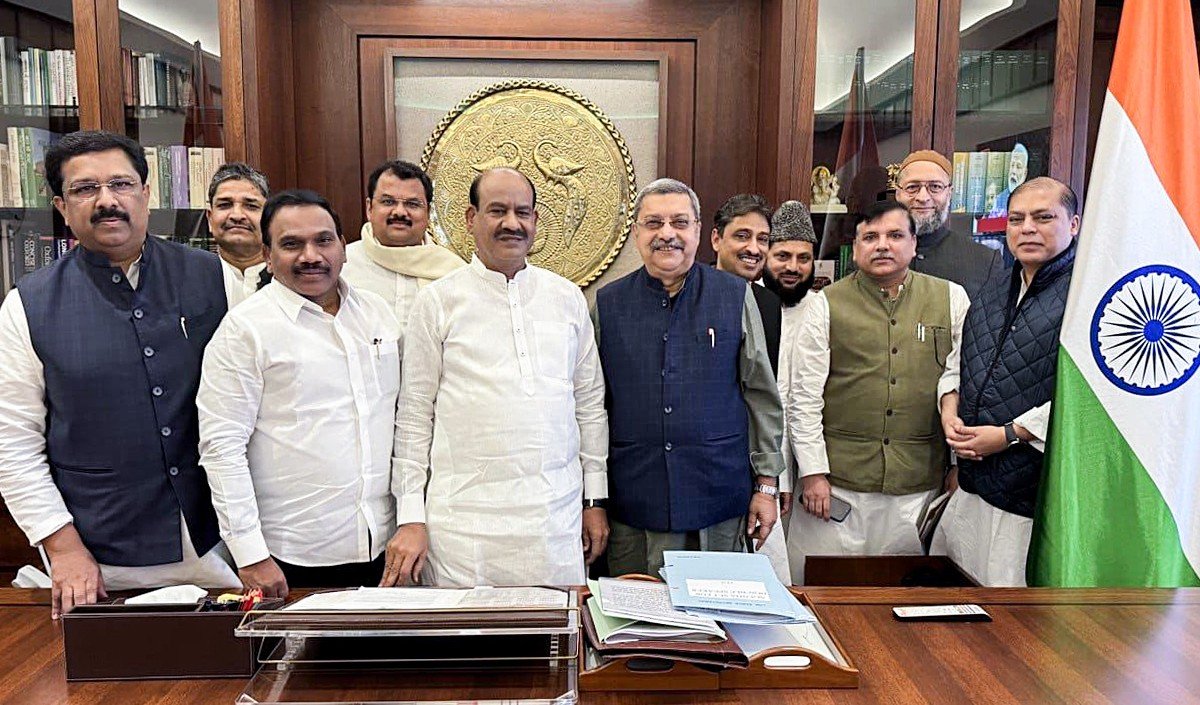The 76th Republic Day is being celebrated in India in the year 2025. It has been 75 years since the Constitution came into force. The theme of Republic Day 2025 is- “Golden India-Heritage and Development”. Indonesian President Prabowo Subianto was chosen as the chief guest of Republic Day 2025. The Preamble of the Indian Constitution was introduced in the Constituent Assembly by Jawaharlal Nehru on 13 December 1946. It was accepted on 22 January 1947. The Indian Constitution was adopted by the Constituent Assembly on 26 November 1949. After independence, the Constitution of our country was written under the leadership of Dr. Bhimrao Ambedkar to run the country. Which took 2 years, 11 months and 18 days to write. Every year 26 January is celebrated as Republic Day to commemorate the implementation of the Indian Constitution on 26 January 1950.
The first Republic Day parade took place on Rajpath in Delhi in 1955 AD. The President hoists the tricolor on the occasion of Republic Day and a 21-gun salute is given every year. Republic is made up of two words. Gana and Tantra. In the Vedic period, Gana literally meant group/group/people. The literal meaning of Tantra is string/thread (rope). That is, a rope/string that connects a group of people. It is called democracy and this is republic. Therefore, we can say that Republic Day marks the implementation of the Indian Constitution. The words “socialist”, “secular” and “integrity” in the Preamble of the Constitution were later added by former Prime Minister of India Indira Gandhi during the Indian Emergency. During the Emergency in India (25 June 1975 – 21 March 1977), the Indira Gandhi government made several changes to the Forty-second Amendment of the Constitution. Through the same amendment, the words “socialist” and “secular” were added between the words “sovereign” and “democratic” and the words “unity of the nation” were changed to “unity and integrity of the nation.” India is a completely sovereign socialist secular democratic country. Therefore, self-reliance, self-respect and equality are reflected in India from social, economic and political point of view.
Also read: Republic Day parade 2025: Bihar’s tableau will be the center of attraction on the duty path
Independence resides at the root of self-reliance, self-respect and equality. Freedom of expression, freedom of thought, freedom of belief, faith and worship are the hallmarks of independent India. Therefore, we can say that the Constitution standing on the bridge of intact heritage and development is the identity of the Indian republic system. Having self-confidence makes you self-reliant. It is written in Bhagavad Gita that Naya Atma Balhinen Labhya means this soul is not attained by the weak. Self-confidence is the mother of self-confidence. The words self-confidence and self-reliance complement each other. Self-reliance indicates being self-reliant. Self-reliance is the first step to success in life. To achieve success a person must be self-reliant. The concept of Ramrajya was given by Mohandas Karamchand Gandhi. Gandhiji had envisioned Ramrajya in the form of Gram Swaraj after independence from British rule in India. Self-reliance is based on the concept of Ramrajya. The foundation of self-reliant India was based on Gandhi’s Ramrajya. Gandhiji’s Swarajya was the basis of his concept of Ramrajya. Swaraj means a system run by public representatives which is in accordance with public needs and aspirations. This Swarajya was called Ramrajya. Swaraj means freedom. One cannot become independent without being self-reliant. Self-reliance or self-reliance is a link to being independent. Only when we are independent will we be self-respectful, that is, independence is necessary for self-respect. India needs Gandhi’s Ramrajya. Ram Rajya symbolizes the efforts and rule of Lord Ram. Lord Ram was a symbol of tolerance. Ram was the symbol of truth. That is why Lord Ram had established Ramrajya. Today there is talk of making a self-reliant India and on the other hand, foreign companies and foreign goods have flooded India. Every institution is becoming privatized. Unemployment is increasing. The graph of suicides has increased.
If we want to talk about self-reliance, equality and self-respect, then we will have to imagine Gandhi’s Ramrajya. Therefore, we can say that independence should be based on Gandhi’s concept of Ramrajya. All political parties need to imbibe the ideas of Father of the Nation Mahatma Gandhi. In reality only then India will be able to become self-reliant and self-respecting. India has inherited the concept of Ramrajya from its forefathers. There is a need to preserve the legacy of the concept of Ramrajya. Ram temple of Ayodhya is a unique example of its cultural heritage. Reviving the Ram temple with the consecration of Lord Ram is a good example of preserving our heritage. The credit for this noble deed goes to Indian Prime Minister Narendra Modi and Uttar Pradesh Chief Minister Yogi Adityanath. The heritage of any country is the cornerstone of that country’s development. Things, property etc. received from ancestors are called inheritance. The object or property received from ancestors is called inheritance. India holds a golden place in the world from its historical, cultural and economic point of view. India has been a country of diverse religions, castes, languages, and cultures. India mainly has the following heritages:- 1. Cultural heritage 2. Natural heritage 3. Mixed heritage.
There are two types of cultural heritage – tangible culture and intangible culture. Cultural heritage includes tangible culture such as buildings, monuments, landscapes, archival materials, books, works of art and artefacts etc. Intangible culture (such as folklore, traditions, language and knowledge) and natural heritage (including culturally significant landscapes and biodiversity). Mixed heritage sites contain significant elements of both natural and cultural heritage. India has 43 UNESCO (United Nations Educational, Scientific and Cultural Organization) World Heritage Sites, which include cultural, natural and mixed sites. The Representative List of the Intangible Cultural Heritage of Humanity maintained by UNESCO (United Nations Educational, Scientific and Cultural Organization) in India consists of 15 intangible cultural heritage components. These heritage sites show that India inherited golden heritage from its ancestors and from nature. In India, innumerable texts like Ramayana (Balmiki), Mahabharata and Bhagavad Gita (Ved Vyas), Manu Smriti (Rishi Manu), Abhijnana Shakuntalam (Kalidas), Ramcharit Manas (Tulsidas), etc. were composed by sages and sages. Vedas, Puranas, Upanishads and Darshan etc. all these are integral parts of Indian heritage. The fourth Veda, Atharveda, came from the Vedas. Today, Ayurveda has placed the image of golden India on the world stage in the field of medical science. Today the world celebrates International Yoga Day on 21st June every year due to the Yoga philosophy written by Maharishi Patanjali. International Yoga Day is India’s contribution, due to which on December 11, 2014, the United Nations General Assembly declared June 21 as International Yoga Day.
India has been the land of sages and gods where King Harishchandra (Satyug), Lord Ram (Treta Yug), Lord Krishna (Dwapar Yug) came. There is a description of 22 incarnations of God in Shrimad Bhagwat Purana, while in some religious scriptures, 24 incarnations are also mentioned, out of which “Dasavatar” (ten incarnations) are prominent. Dashavatar is described in Garuda Purana. They are Matsya, Kurma, Varaha, Narasimha, Vamana, Parashurama, Rama, Krishna, Buddha and Kalki Avtaar. All these incarnations of God make the land of India golden. The values received as heritage from these sages and gods make the culture of India golden or unique in the world. Kumbh Mela was included in the category of intangible cultural heritage by UNESCO (United Nations Educational, Scientific and Cultural Organization) in the year 2017. Which was a day of unprecedented pride for India. Mahakumbh-2025 (religious gathering), organized after 144 years in Prayagraj district in the year 2025, is a unique source of cultural heritage. This time the Maha Kumbh Mela was organized in Prayagraj district of Uttar Pradesh from 13 January, which will end on 26 February on the day of Mahashivratri. Prayag is the confluence of three rivers – Ganga, Yamuna and Saraswati. Bathing on the main bathing festival of Maha Kumbh gives very virtuous results. It is said that a bath taken at this time grants salvation. At the time of Maha Kumbh, all Hindu Gods and Goddesses meet in some form or the other. At this time, great miraculous saints make their stay. Their blessings means blessings of the gods. The Maha Kumbh Mela is held every 12 years at four holy sites – Prayagraj, Haridwar, Ujjain, and Nashik. This fair is not only a religious ritual, but it is also a cultural festival, where lakhs of devotees, saints, and tourists gather. Mahakumbh has its roots in the churning of the ocean in the mythological texts of Hinduism. It is believed that drops of nectar from the Amrit Kalash fell on these four places, thereby making these places sacred.
Culture plays an important role in the development of any nation. The development of any country is not possible without cultural heritage. India’s heritage remains intact. It cannot be weakened. India’s heritage is the mother of its development. Therefore, we can say that the intact heritage is the reflection of golden India.
– Dr. Shankar Suvan Singh
Academic and senior columnist
associate professor
Department of Food Science and Technology
Agricultural University, Prayagraj (Uttar Pradesh)



